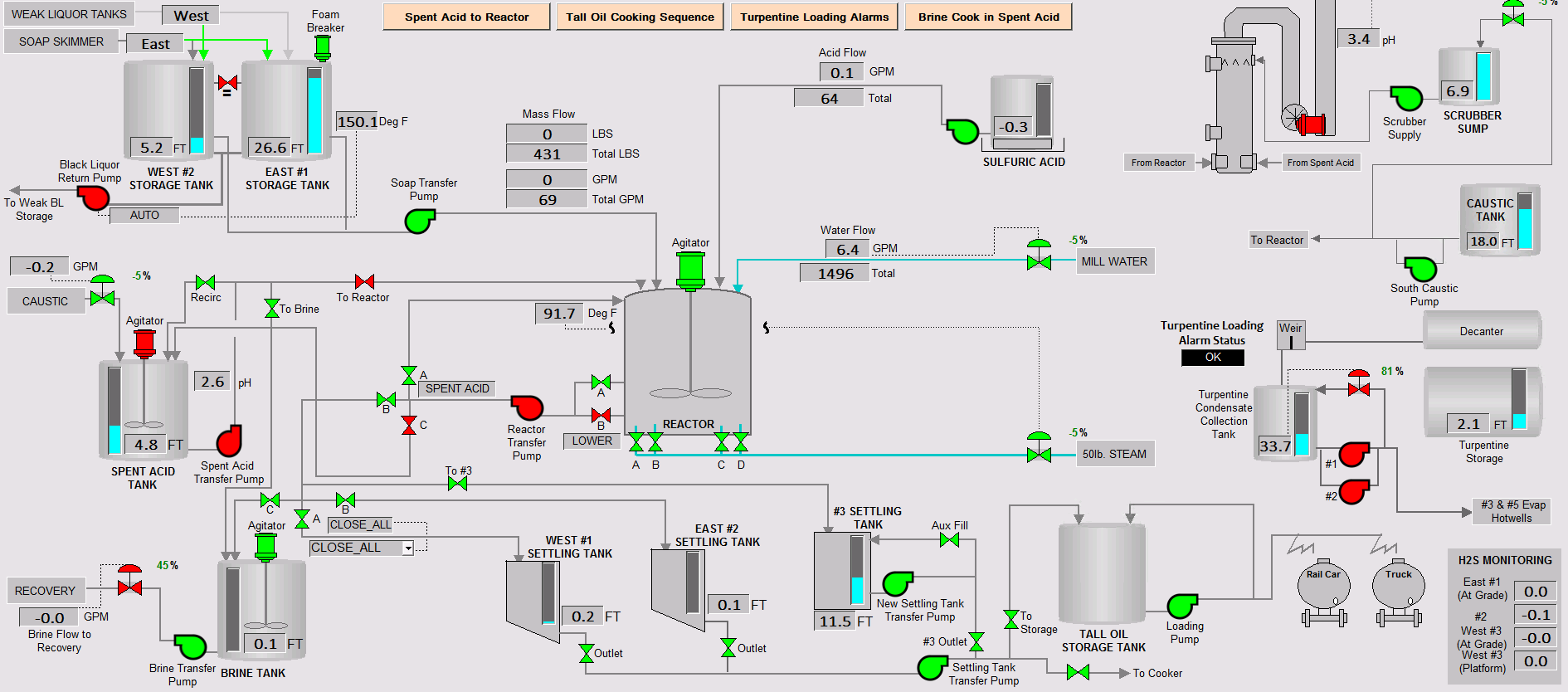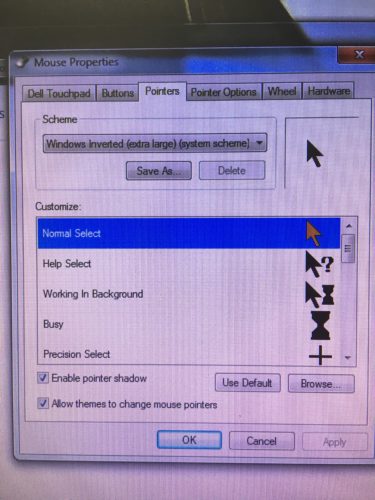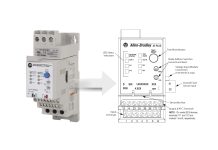
“These displays take forever to load!”
It’s a common and very audible frustration I’ve heard in many control rooms over the course of my career. And I have to admit, these complaints are often quite valid.
I’ve personally observed it taking thirty seconds or more for an operator to call up a display simply due to a lack of cleanup of the HMI/SCADA piece of a control system.
To avoid issues like these, from time to time we must evaluate our control systems to ensure they’re not performing at a level far less than what they’re capable of.

Based on my own experience, I believe that it’s important to address errors found in HMI and SCADA graphic displays at least on a yearly basis.
Over time, errors can be introduced by programmers deleting tags or points in the control system, but not following through with removing those same tags from the HMI and SCADA displays connected to that system.
And when an operator calls up display with missing tags, in most systems timeout errors are generated in the background, which in turn slows down overall performance and page load times of the HMI and SCADA system.
In addition, scripting errors created by someone looking for enhanced automation can decrease performance as well. Taking the time to call up each graphic display and monitoring the system logs to help you correct the errors will save your system from performance issues and frustrated operators down the road.

Another thing to consider is when was the last time you evaluated your system alarms?
That I/O Module that repeatedly generates errors even though it is working fine, could be telling you that failure is coming.
The PLC that you removed from the system during the outage last month still has the SCADA channel active and is consistently generating timeout errors.
These types of system issues can easily add up to becoming a nightmare for operations and you can guarantee it will be in the middle of an upset condition when the issues are exposed.
The key to system cleanup is being proactive and not letting errors build until the system becomes a tool that is difficult to work with. Both system monitoring and cleanup can be a KPI that can only be measured by the lack of system issues that you are facing in your facility.
“Details Matter” is an Understatement
One request I was given at the start of a new job was that operators were simply asking for a larger mouse pointer in the control system operating displays.
They had difficulty visually locating the pointer, and it would take frustrating seconds of shaking the mouse at their stations every time they needed to use it.
After modifying the domain policy and changing the mouse pointers on each operator station to a much larger font, you would have thought that I had added more air conditioning to the control room.

They praised me for the next year about what seemed to me like the easiest request I could have been given.
It was something they had asked for several years before it could be completed, so to them it was a big deal.
Even though it was a simple request, these details matter to the people operating your facility.
In conclusion, by maintaining and optimizing our control systems to operate at the highest performance obtainable, we help our operations team achieve the greatest potential for the facility’s stability and ability to meet production goals.
Operations also benefit from an environment that contains less frustration and stress due to control system issues, which is definitely an ingredient in the recipe for success.
Written by Brandon Cooper
Senior Controls Engineer and Freelance Writer
Have a question? Join our community of pros to take part in the discussion! You'll also find all of our automation courses at TheAutomationSchool.com.
Sponsor and Advertise: Get your product or service in front of our 75K followers while also supporting independent automation journalism by sponsoring or advertising with us! Learn more in our Media Guide here, or contact us using this form.
- Things I’ve Learned Travelling for Work (2) - July 17, 2025
- Things I’ve Learned Travelling for Work (1) - July 10, 2025
- Emulating an Allen-Bradley E3 or E3 Plus - June 30, 2025

Discover more from The Automation Blog
Subscribe to get the latest posts sent to your email.





The control room appreciates the efforts to make their life easier. Managers that seldom venture into the control have little appreciation for the the daily frustrations they face. ” What’s a few extra seconds for graphics to load?” A few thousand dollars maintaining the system may not show up on the bottom line (avoidance of upsets is seldom appreciated in the short term) but sure helps the control room moral and the ability to deal with issues faster to avoid those dreaded upsets. Only if managers look back over time and see that operations are running smoother than a few years ago, will they notice. The control room demographics are changing from the old guard to the new millennials that are accustomed to instant screen changes on their smart phone apps.
Great points!
I remember back when the PanelView Plus first came out, and my customers kept saying the screens were really laggy… but only because many developers left the default “update rate” at 1 second!
A simple little change (setting it to .1 second) changed screens from being sluggish to fast and responsive, something many users demand these days.